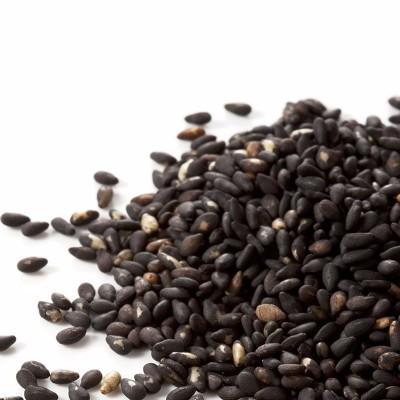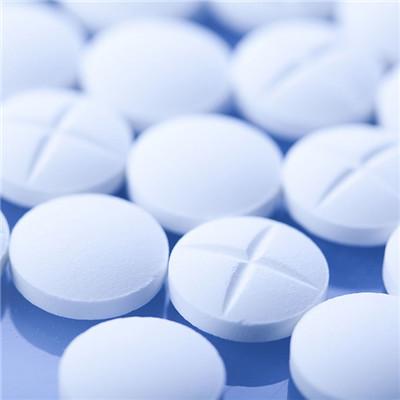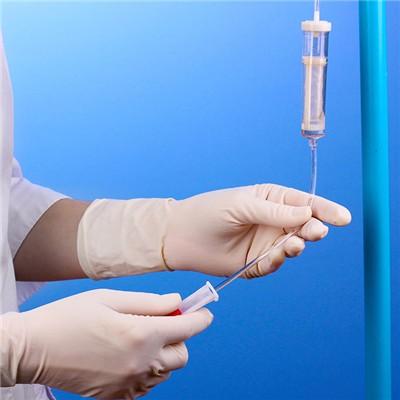How does extrahepatic bile duct stone do?
summary
Intrahepatic bile duct stone is a kind of disease that people pay more attention to, and this kind of situation may lead to the physical problems of patients, and the treatment of intrahepatic bile duct stone is a matter of concern for many patients, the harmfulness of intrahepatic bile duct stone is self-evident, for this disease should be actively treated, so as not to cause greater harm to patients, Now let me talk to you about extrahepatic bile duct stones?.
How does extrahepatic bile duct stone do?
First, bile duct lithotomy. This is the most basic method. We should try to cut the narrow part of the common bile duct up to the level 2 bile duct, and remove the stones under direct vision or by choledochoscope until the stone is removed. Intraoperative cholangiography, B-ultrasound or choledochofiberscope can be used.

Second, segmental hepatectomy. Repeated infection of intrahepatic bile duct stones can cause local liver atrophy, fibrosis and loss of function. Resection of the diseased part of the liver, including stones and infected lesions, narrow bile duct that can not be cut, can remove the origin of the stones, and prevent the canceration of the diseased liver segment and lobe, which is an active method for the treatment of intrahepatic bile duct stones.

Third: simple extrahepatic bile duct stones can be removed by duodenal endoscopy. It can obtain good therapeutic effect, but the indications of treatment need to be strictly controlled. The advantages and disadvantages of hepaticopancreatic ampullary sphincterotomy in the process of stone removal are still controversial.

matters needing attention
Because intrahepatic bile duct stones are easy to induce infection, resulting in narrowing and obstruction of bile duct, which makes it more difficult to discharge stones. Therefore, when we find intrahepatic bile duct stones, we must actively deal with them as soon as possible, and do not delay.











